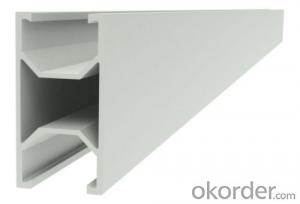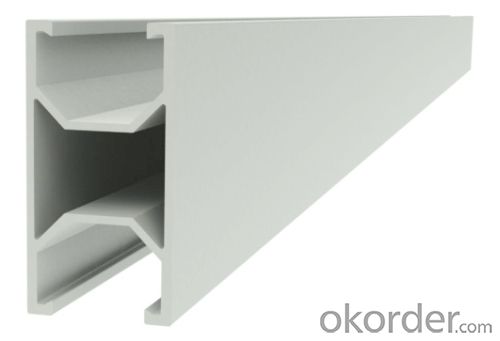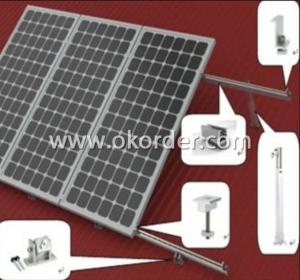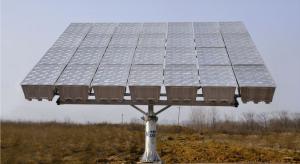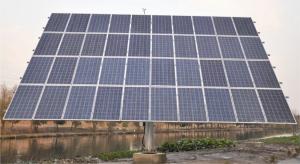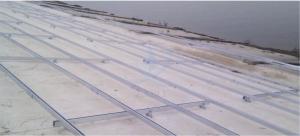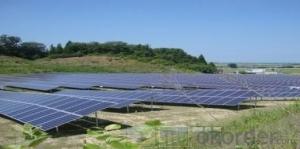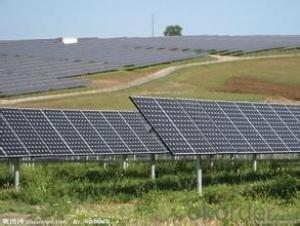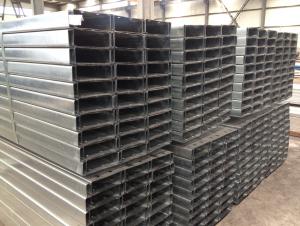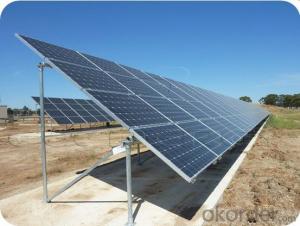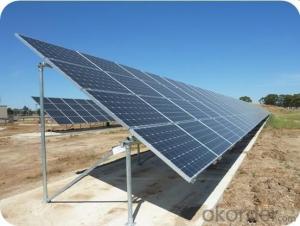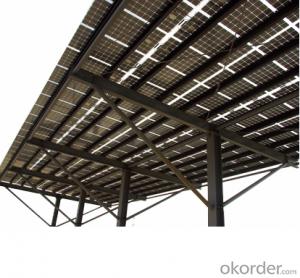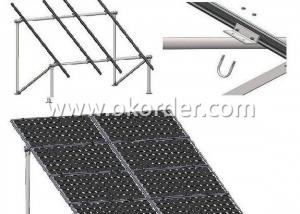Pt Solar Mounting System Factory - UAE, Jordan, Middle East Solar Mounting Guide Rail
OKorder Service Pledge
OKorder Financial Service
You Might Also Like
UAE solar mounting guide rail, Jordan solar mounting guide rail, Middle East solar mounting guide rail
Specifications
Installation site:Roof or groundMaterial:Aluminum
Standard:ISO 9001:2008,UL, TUV, AS/NZS 1170.2,MCS
Warranty:10 years
Manufacturer has been in PV Mounting System more than 5 years and its main market have extended more than 100 countries such as EU countries, USA, Australia, Japan, Middle East, etc,
Advantages:
1. Top 3 supplier for mounting system to countries all over the world, Driven by 200 qualified personnel, including about 10 engineers with previous working experience in top brand enterprises;
2. Production capacity: 120-150MW/month;
3. Its products are approved by ISO 9001:2008 Quality management systems, UL, TUV, AS/NZS 1170.2, Japan Patent Certificate and China Innovation Patent Certificate. Etc.;
4. Full range of solutions for different roof and ground cases.
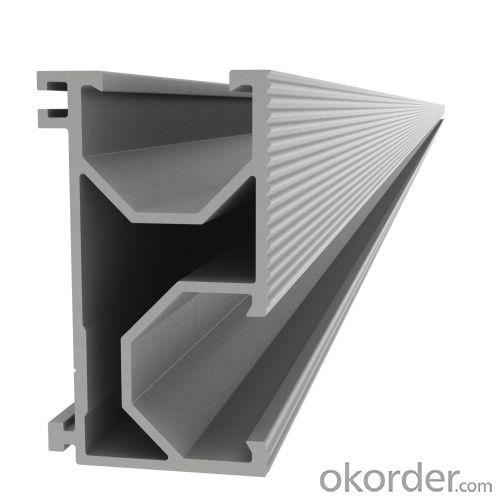
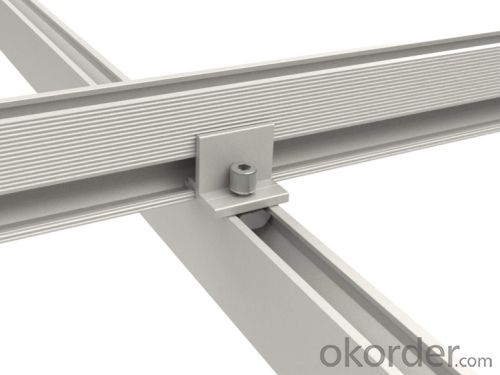
- Q: Can a solar mounting system be used for ground-mounted solar panels?
- Yes, a solar mounting system can be used for ground-mounted solar panels. Ground-mounted solar panels require a sturdy and stable structure to hold them in place, and a solar mounting system provides the necessary support and tilt angle for optimal solar energy generation.
- Q: Can a solar mounting system be used on thatched roofs?
- Yes, a solar mounting system can be used on thatched roofs with the proper installation techniques and precautions. It is important to ensure that the system is securely anchored to the underlying structure and that the thatched roof is not compromised in the process. Working with experienced professionals who are familiar with both solar installations and thatched roofs is recommended for a safe and effective integration.
- Q: Can a solar mounting system be installed in areas with high wind speeds?
- Yes, a solar mounting system can be installed in areas with high wind speeds. However, it is important to ensure that the system is designed and engineered to withstand the specific wind conditions of the area. This may involve using stronger materials, incorporating additional support structures, or implementing wind mitigation measures. Proper installation and regular maintenance are also crucial to ensure the stability and longevity of the system in high wind environments.
- Q: Can a solar mounting system be used in areas with solar incentives for seaports?
- Yes, a solar mounting system can be used in areas with solar incentives for seaports. These incentives encourage the adoption of renewable energy, including solar power, in seaport areas. By installing a solar mounting system, seaports can take advantage of these incentives to reduce their carbon footprint, lower energy costs, and contribute to a more sustainable energy future.
- Q: What are the key components of a solar mounting system?
- The key components of a solar mounting system include solar panels, racking or mounting hardware, mounting brackets, rails or frames, grounding equipment, and fasteners. These components work together to securely hold the solar panels in place, provide proper tilt and orientation for optimal sunlight exposure, and ensure a safe and efficient solar installation.
- Q: Can a solar mounting system be used in areas with limited access to solar conferences?
- Yes, a solar mounting system can definitely be used in areas with limited access to solar conferences. The installation and use of a solar mounting system do not necessarily require attending solar conferences. The system can be implemented by following manufacturer guidelines, consulting with local solar experts, or even accessing online resources and tutorials. While solar conferences can provide valuable networking and industry insights, they are not a prerequisite for utilizing a solar mounting system in areas with limited conference access.
- Q: Can solar mounting systems be installed on buildings with limited sun exposure?
- Solar mounting systems can be installed on buildings with limited sun exposure, but the efficiency and output of the solar panels may be significantly reduced. Buildings with limited sun exposure may not receive sufficient sunlight to generate the desired amount of electricity. Therefore, it is crucial to assess the available sunlight and consult with experts to determine the feasibility and potential limitations of installing solar mounting systems on such buildings.
- Q: Can a solar mounting system be installed on a hotel or hospitality establishment?
- Yes, a solar mounting system can be installed on a hotel or hospitality establishment. By installing solar panels on the roof or other suitable areas, hotels can generate clean and renewable energy to power their operations. This not only helps reduce electricity costs but also showcases their commitment to sustainability and environmental responsibility. Additionally, solar installations can enhance the image of a hotel as a forward-thinking and eco-friendly establishment, attracting environmentally conscious guests.
- Q: Are there any specific requirements for the installation of a solar mounting system?
- Yes, there are specific requirements for the installation of a solar mounting system. These requirements vary depending on factors such as the type of mounting system, local building codes, and the specific site conditions. Some common requirements include proper structural support, appropriate roof pitch and orientation, sufficient space for the panels, and compliance with electrical codes for wiring and grounding. It is important to consult with a professional installer or engineer to ensure that all requirements are met for a safe and effective installation.
- Q: Can a solar mounting system be used in areas with solar renewable energy certificates?
- Yes, a solar mounting system can be used in areas with solar renewable energy certificates. The solar mounting system is responsible for securely installing and supporting solar panels, while solar renewable energy certificates represent the environmental attributes of the electricity generated by the solar panels. Therefore, the two aspects are independent of each other and can coexist in the same area.
Send your message to us
Pt Solar Mounting System Factory - UAE, Jordan, Middle East Solar Mounting Guide Rail
OKorder Service Pledge
OKorder Financial Service
Similar products
Hot products
Hot Searches
Related keywords
